The Biological Mechanisms of Animal Adaptation to Extreme Cold
Introduction
Animals have evolved to survive in a wide range of environments, including those with extreme cold conditions. The biological mechanisms that allow animals to adapt to extreme cold are a fascinating area of study in the field of biology. These mechanisms involve a combination of physiological, biochemical, and behavioral adaptations. This article will delve into the intricacies of these adaptations, providing a comprehensive understanding of how animals survive in harsh, cold environments.
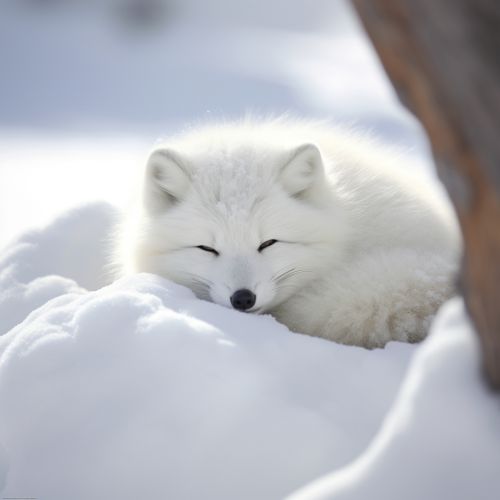
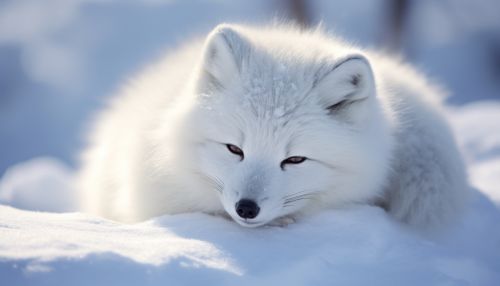
Physiological Adaptations
Physiological adaptations are changes in an animal's physical structure or body function that help it survive in its environment. In cold environments, these adaptations often involve modifications to the animal's size, shape, and insulation.
Size and Shape
One of the most common physiological adaptations to cold environments is a change in size and shape. This is often seen in the principle of Bergmann's rule, which states that animals in colder climates tend to be larger than their counterparts in warmer climates. This is because larger animals have a smaller surface area to volume ratio, which helps to reduce heat loss.
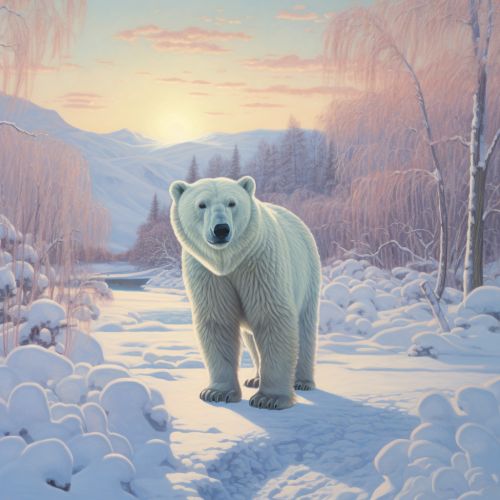

In addition to size, the shape of an animal can also play a crucial role in its ability to survive in cold environments. Many cold-adapted animals have compact, rounded bodies and shorter limbs and appendages, a principle known as Allen's rule. This shape further reduces the surface area exposed to the cold and helps to conserve heat.
Insulation
Insulation is another key physiological adaptation in cold environments. Many animals have developed specialized body coverings such as fur, feathers, or blubber to provide insulation and retain body heat. For example, polar bears have a thick layer of blubber and dense fur, which not only insulates them from the cold but also provides buoyancy in water.
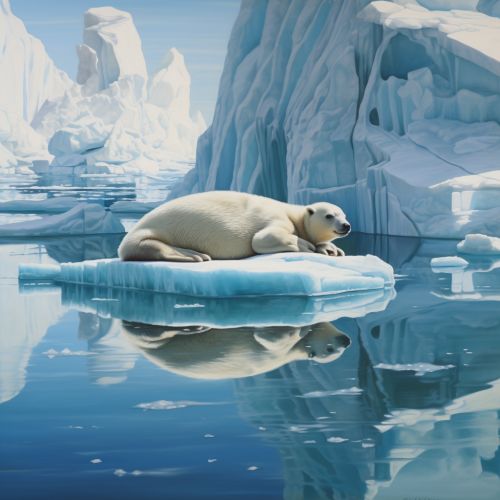
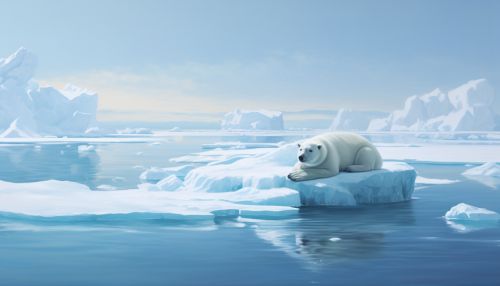
Biochemical Adaptations
Biochemical adaptations involve changes at the molecular or cellular level that help an animal survive in extreme cold. These can include modifications to metabolic processes, antifreeze proteins, and cell membrane composition.
Metabolic Processes
In response to cold temperatures, many animals can adjust their metabolic processes to maintain body temperature and energy levels. This can involve increasing metabolic rate to generate more heat, a process known as thermogenesis. Some animals, such as the Arctic ground squirrel, can even undergo hibernation, a state of reduced metabolic activity, to conserve energy during the coldest months.
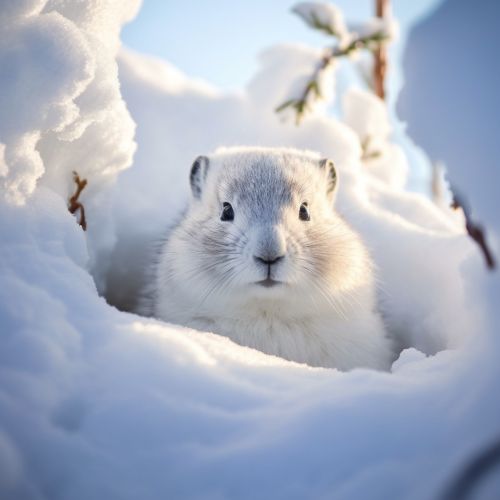
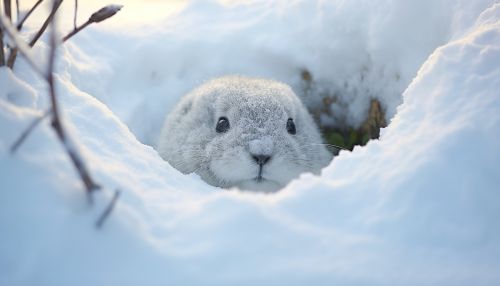
Antifreeze Proteins
Some cold-adapted animals produce antifreeze proteins (AFPs) that prevent their body fluids from freezing at temperatures below the normal freezing point. These proteins work by binding to ice crystals and preventing them from growing, a process known as ice recrystallization inhibition (IRI). This adaptation is particularly common in Antarctic fish and insects such as the Arctic woolly bear moth.
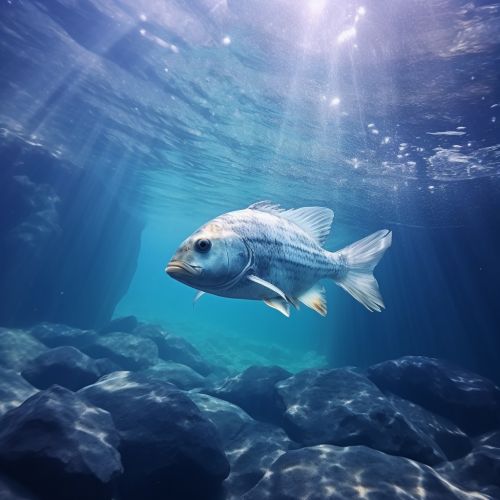
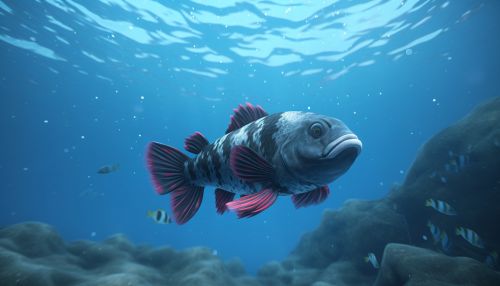
Cell Membrane Composition
The composition of cell membranes can also change in response to cold temperatures. Cold-adapted animals often have cell membranes with a higher proportion of unsaturated fatty acids, which remain fluid at lower temperatures and help to maintain cell function.
Behavioral Adaptations
Behavioral adaptations are changes in an animal's behavior that help it survive in its environment. In cold environments, these can include migration, huddling for warmth, and building shelters.
Migration
Many animals, such as birds and whales, migrate to warmer areas during the coldest months. This allows them to avoid the harsh conditions of their usual habitats and find food more easily.


Huddling and Shelters
Other animals stay in their cold habitats but use behaviors such as huddling or building shelters to survive. For example, Emperor penguins in Antarctica huddle together in large groups to conserve heat, while some rodents and insects build complex burrows or nests to protect themselves from the cold.
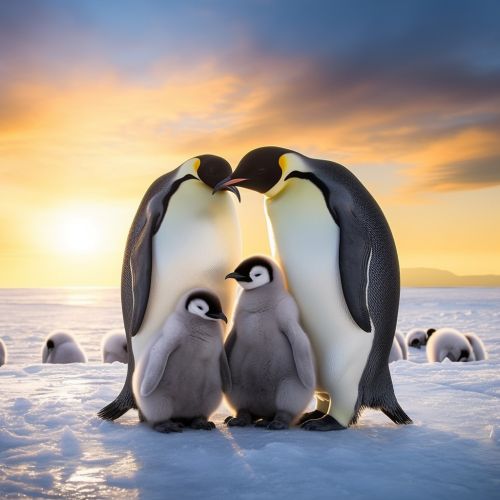
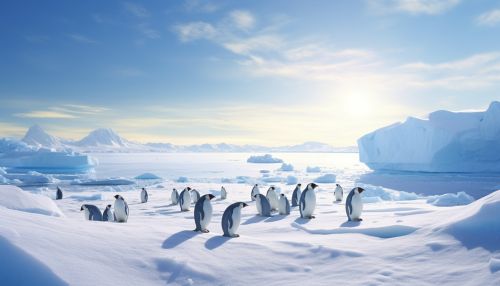
Conclusion
The ability of animals to adapt to extreme cold is a testament to the power of evolution and the resilience of life. Through a combination of physiological, biochemical, and behavioral adaptations, these animals are able to survive and thrive in some of the harshest environments on Earth.
